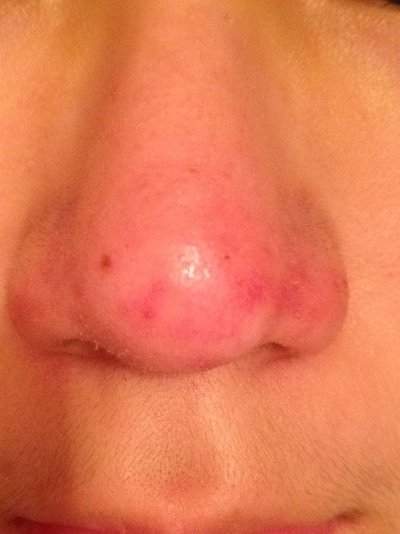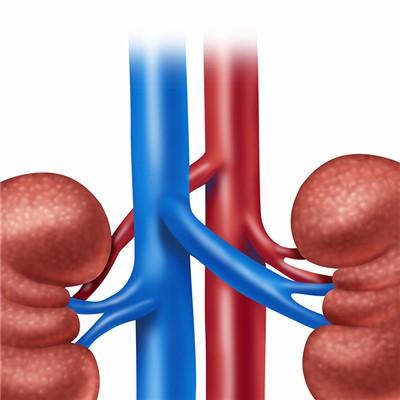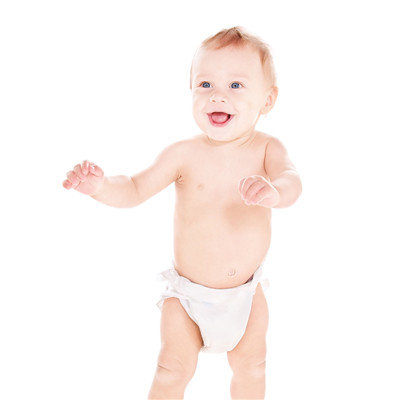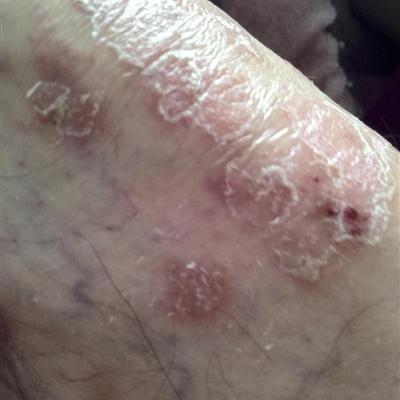Congenital nephrotic symptoms?
summary
The cause of congenital nephrosis in children has not been fully understood. At present, nephrology experts believe that congenital nephrosis in children is an autosomal recessive genetic disease. It is speculated that the main pathogenesis of congenital nephrosis in children is the metabolic disorder of heparin sulfate, the lack of heparin sulfate in glomerular basement membrane, and the damage of negative charge barrier leading to a large amount of proteinuria. Congenital nephrotic symptoms? Next, I'd like to share my views with you.
Congenital nephrotic symptoms?
The Finnish type of congenital nephrotic syndrome (CNS) usually occurs in newborns. Most of the children are premature, low weight and large placenta (the average weight is 40% of the weight of the newborn). Proteinuria was found in 50% of the children at birth or within the first week, and in the rest of the children within 3 months of birth.
The non Finnish type of congenital nephrotic syndrome (CNS) has a later onset than the Finnish type. Proteinuria usually occurs 3 months after birth to 3 years old. In addition to the clinical manifestations of nephrosis, the secondary CNS is often accompanied by some clinical disorder symptoms of specific primary diseases, which can be differentiated from the primary CNS.
Drash syndrome is characterized by congenital nephrotic syndrome, complicated with Wilms tumor and / or male pseudohermaphroditism, and other related diseases, such as cataract, corneal opacity, microcephaly, strabismus, nystagmus, and wide eye distance.
matters needing attention
Should be light, eat more fruits and vegetables, with a reasonable diet. Eat less high protein food, pay attention to weather changes, avoid respiratory tract infection. We should actively give preventive treatment and symptomatic support treatment, and strengthen health publicity and prenatal care, prenatal examination to prevent the occurrence of early renal failure.
















